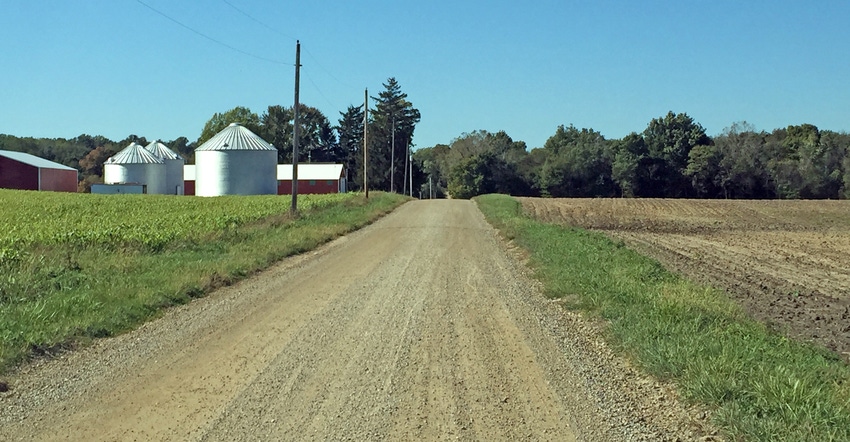November 4, 2019

By Amanda Kautz
Farmers managed their prevented planting acres differently. Some were left fallow, with weeds controlled by herbicides and/or tillage. Some were mowed, and others were planted to cover crops.
Each management option has pros and cons. Now that the season is essentially over, planning for 2020 begins. Many ask, “Are there long-term effects from the prevent-plant situation that could affect 2020 crops?”
One consideration is fallow syndrome. It’s a soil biology issue, particularly with a lack of vesicular arbuscular mycorrhizae fungi. These VAM fungi form symbiotic relationships with plants, especially grasses including corn. The plant feeds the VAM sugars through root exudates, and VAM collect nutrients, mainly phosphorus and zinc, for plants by entering tiny pore spaces inaccessible to larger roots.
Plant uptake of these nutrients is two to three times greater in fields with VAM than in fields without them. These fungi make up around 10% of plant root structure. In fields fallowed with tillage or herbicides, there weren’t living plants for these fungi to form associations with, leaving them without a food source and reducing the population.
If weeds were mowed but left living, fungi fared better thanks to living roots. It takes time to build the population back, so planting a grass crop, such as corn or wheat, into a field with fallow syndrome will most likely result in weak, uneven plants. These plants will also probably have a purple color due to lack of phosphorus. Even if there’s phosphorus available in the soil, without VAM, grasses will struggle to take up enough to meet their needs.
Nitrogen issues
Another consideration is what nitrogen will be available for crops. If any commercial nitrogen was applied in spring 2019, it’s likely very little remains. Losses from leaching, volatilization, soil erosion and consumption by soil microbes will have reduced levels significantly.
If a cover crop was planted, nitrogen will be retained in the vegetation but tied up until the cover crop dies and decomposes. Depending on what species was planted, this will happen at different rates.
In tillage fallow fields, repeated tillage passes also broke down organic matter, releasing carbon dioxide and reducing organic matter levels. Tillage also breaks down soil structure and can lead to crusting, water ponding and soil compaction.
So, consider planting soybeans or another nongrass crop in prevented planting fields for 2020. Soybeans are generally more forgiving of poor soil conditions and will fix nitrogen. They also help the VAM population recover. They form associations with fungi but won’t suffer nutrient deficiencies. Soybeans aren’t as dependent on VAM for nutrient collection.
Next, consider planting a cover crop after your 2020 crop to continue building soil structure and organic matter while feeding soil biology. Including grass species such as cereal rye or oats will encourage fungal associations and build the VAM population, so the field is ready for corn in 2021.
Correcting fallow syndrome, soil compaction and other issues created during 2019 will require a long-term plan. With the right planning, your fields can recover and be productive again.
Kautz is a district conservationist with the Natural Resources Conservation Service. She writes on behalf of the Indiana Conservation Partnership.
You May Also Like




